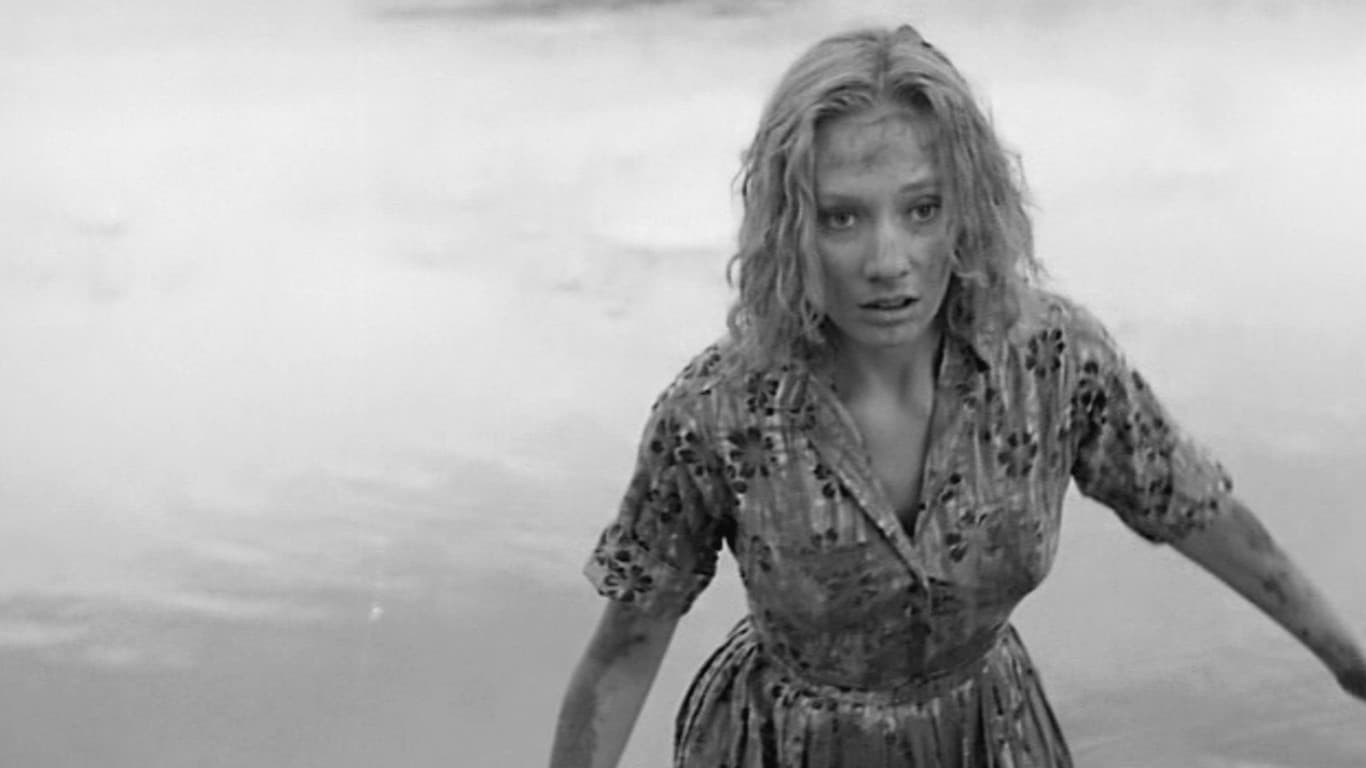The 1960s was a pivotal time for the trajectory of the world. Technology started changing for the better. Technology updates helped Hollywood produce impressive movies that were better than before. Movies released before the 1960s are still revered for their ability to create new worlds and different illusions without the assistance of CGI, though.
This era helped actors like Clint Eastwood and Jack Nicholson start to make names for themselves on the big screen. For Eastwood, starring in a cult classic like “A Fistful of Dollars” gained him loads of attention. He’s still adored today for his long list of great movies. Nicholson was part of an all-star cast in the film “Easy Rider,” which told the story of hippies celebrating the completion of their drug smuggling job.
These aren’t the only cult classics fans still talk about in 2024. Something else that’s unique to the 1960s was the fascination people had with the future and what was going to come. Movies like “2001: A Space Odyssey” gave viewers a glimpse into what the future could possibly look like for citizens.
While the predictions in that movie didn’t quite manifest, the film was still a hit. These are some of the most notable cult classics that helped define the 60s timeframe. (For more content from that decade, click here to read about the most iconic TV characters from the 1960s.)
To compile this list of cult classics from the 1960s, 24/7 Tempo consulted different entertainment sources. These include IMDb, Rotten Tomatoes, and Collider.
“2001: A Space Odyssey” (1968)

- Director: Stanley Kubrick
- Starring: Keir Dullea, Gary Lockwood, William Sylvester
In “2001: A Space Odyssey,” the future is controlled by robots who have ultimate power over mankind. In the movie, monkeys were able to fight and a device named HAL 9000 was the leader of all robots. Aliens made contact with Earth and left an object that helped train the monkeys into becoming the best fighters that they could become. The ending of the film was widely considered one of the most memorable in all of cinema. It’s a movie that will continue to live on forever thanks to the amazing plot and jaw-dropping ending.
“Spider Baby or, the Maddest Story Ever Told” (1967)
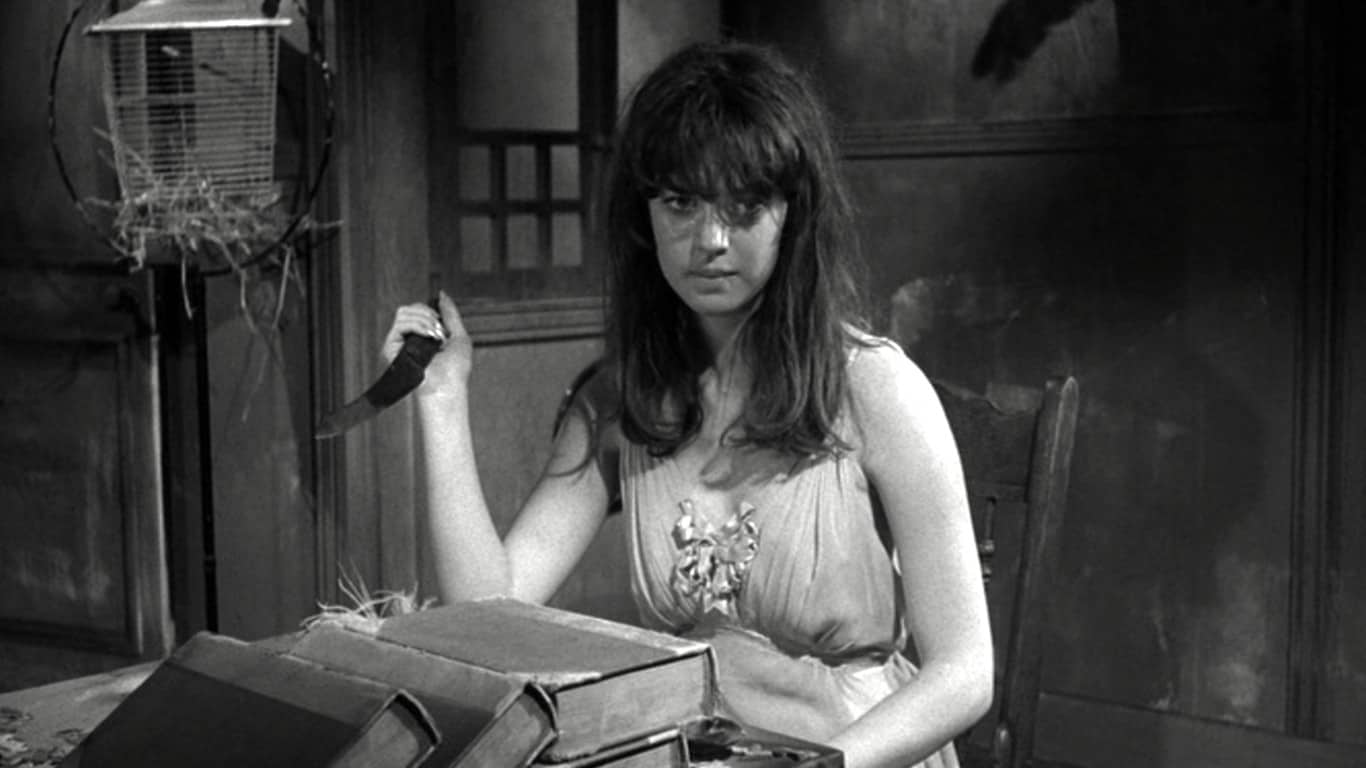
- Director: Jack Hill
- Starring: Lon Chaney Jr., Carol Ohmart, Quinn K. Redeker
“Spider Baby or, the Maddest Story Ever Told” focused on a fictional family with a unique condition. Their condition made them act like children instead of adults when they hit their puberty years. Because of that, the family was outcasted and judged by their neighbors. The family was forced to navigate life with such an unfortunate set of circumstances consuming them. The movie gets intense when multiple crimes unfold in their neighborhood, tying back to the family. Since each family member has dark impulses, viewers have to make guesses about who the culprit is until the end.
“Carnival of Souls” (1962)
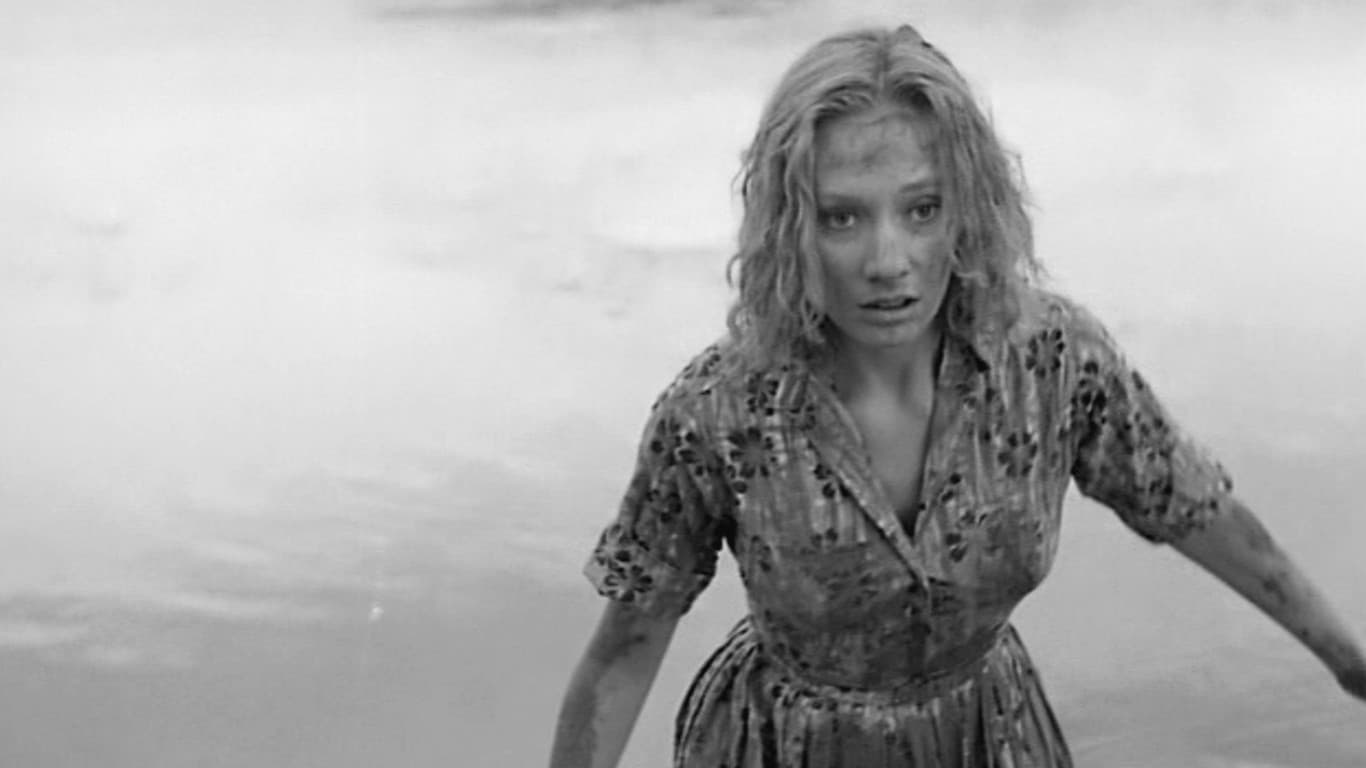
- Director: Herk Harvey
- Starring: Candice Hilligoss, Frances Feist, Sidney Berger
Horror films have become super popular with younger generations. A widespread love for the horror genre has encouraged Gen-Zers and Millennials to find out what the genre was like back in the day. “Carnival of Souls” is one of the movies that gained a lot of traction then and now. The plot revolves around a woman who got into a car accident. However, the movie’s greatest twist comes into play with the way the filmmakers put the project together. When the lead character falls deaf, there’s temporarily no sound in the movie. When she can’t talk, nobody watching can hear her either.
“A Fistful of Dollars” (1964)
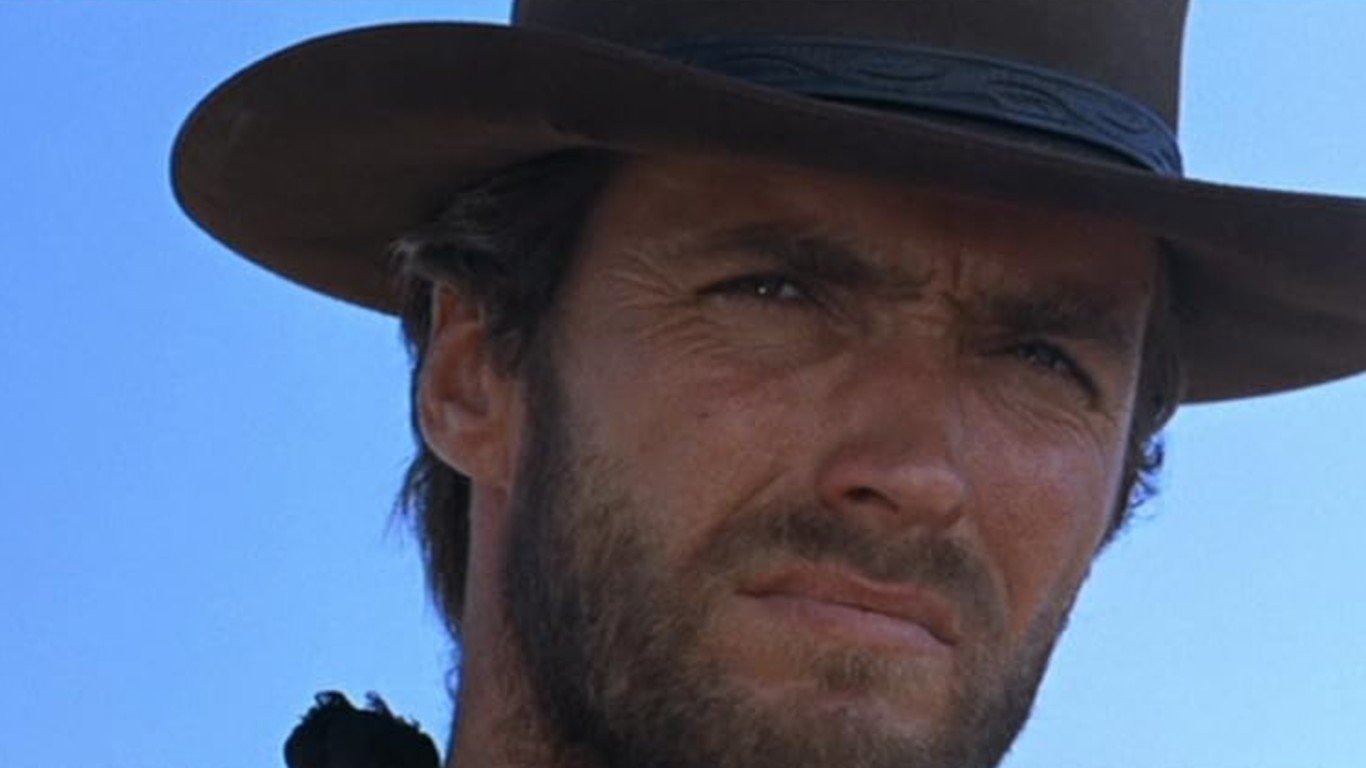
- Director: Sergio Leone
- Starring: Clint Eastwood, Gian Maria Volonte, Marianne Koch
Western movies like “A Fistful of Dollars” have become idolized for the way life used to be. Clint Eastwood stars in “A Fistful of Dollars” as a man with no name who works for two feuding groups in Mexico. He’s forced to kill his close friends to keep himself safe. Because he worked for two separate enemy groups, he’s constantly forced to figure out what his next moves should be. “A Fistful of Dollars” turned into a memorable trilogy that Western fans are still in love with in 2024.
“The Producers” (1967)
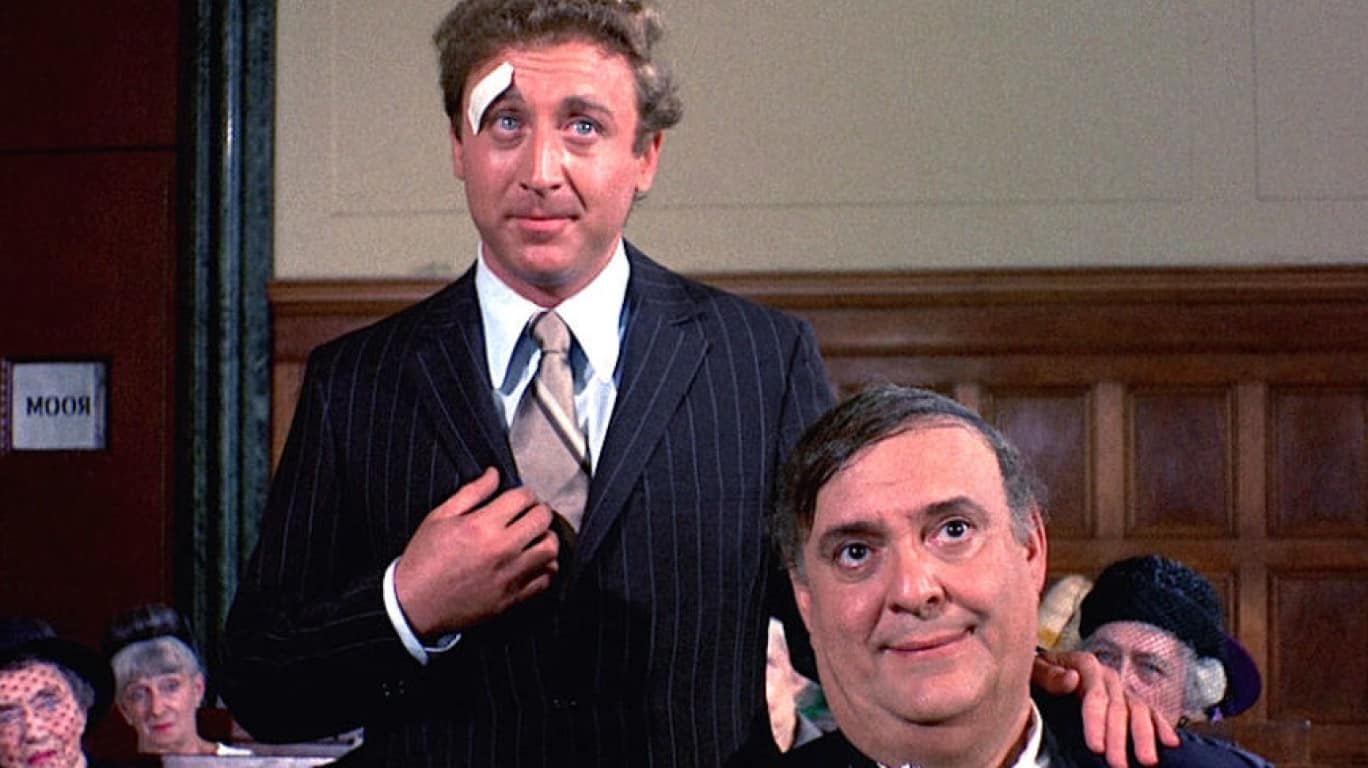
- Director: Mel Brooks
- Starring: Zero Mostel, Gene Wilder, Dick Shawn
The first film Mel Brooks directed was “The Producers” — and it didn’t disappoint. It’s a comedy about a former producer who lost his fame and fortune in one fell swoop. He grows desperate to get it all back, no matter what it takes. He uses his accountant to create a play that’s so bad he’ll be able to defraud the investors. After securing the money, their plan is to disappear. The fictional play they draft up is meant to celebrate some of the world’s worst people, including Hitler. At the time, adding details about Hitler was seen as risky, especially since it was Brooks’ first movie. However, over time, people have come to appreciate “The Producers” for its sense of humor.
“Point Blank” (1967)
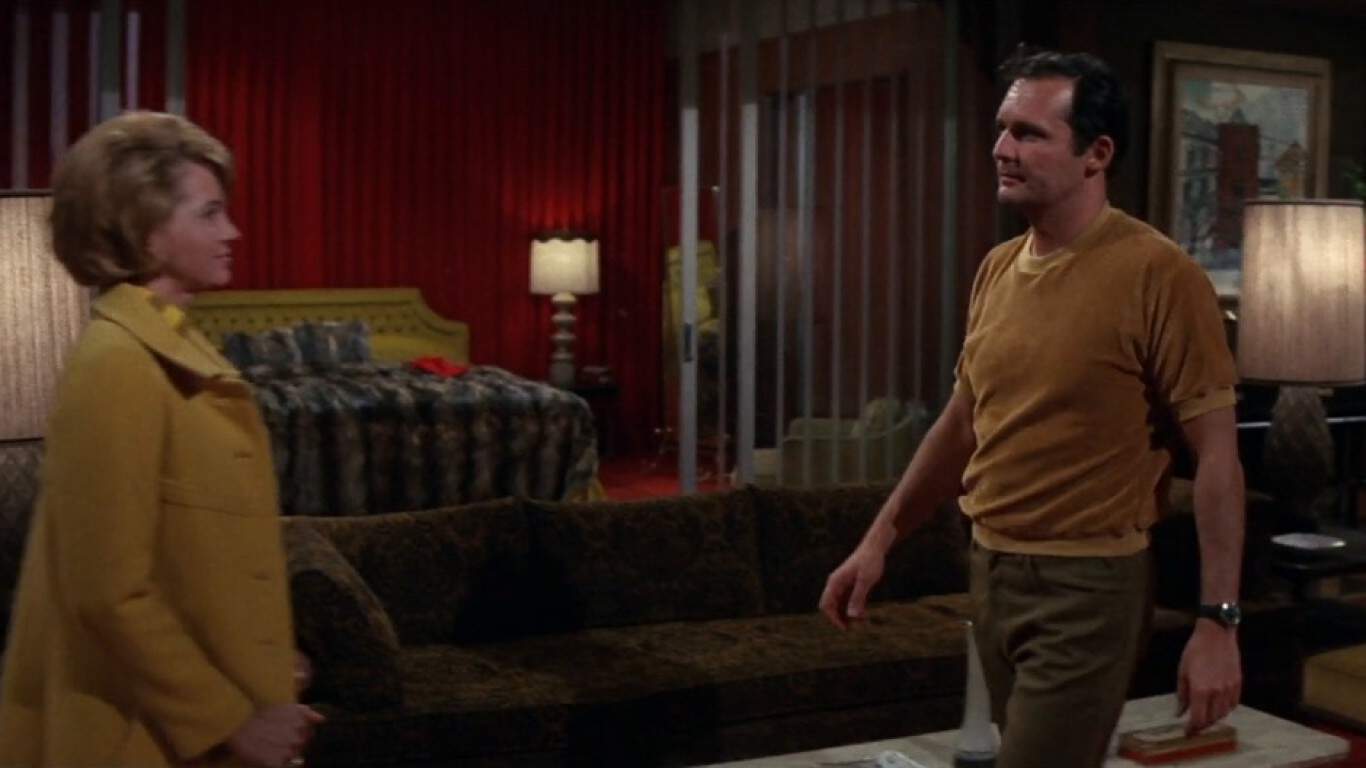
- Director: John Boorman
- Starring: Lee Marvin, Angie Dickinson, Keenan Wynn
There’s something special about watching a character enact revenge on someone who wronged them in the past. That’s exactly what happens in “Point Blank.” It’s a film that takes different timelines and puts them together as audiences watch. It sheds light on a former criminal getting back at someone who messed up in a big way. The catch is that the viewers don’t know the full story as they’re watching. Audiences have to put the pieces together, along with the characters, to figure out the full story. “Point Blank” was one of the first films to try such a method, and it was approved by critics.
“Faster, Pussycat! Kill! Kill!” (1965)
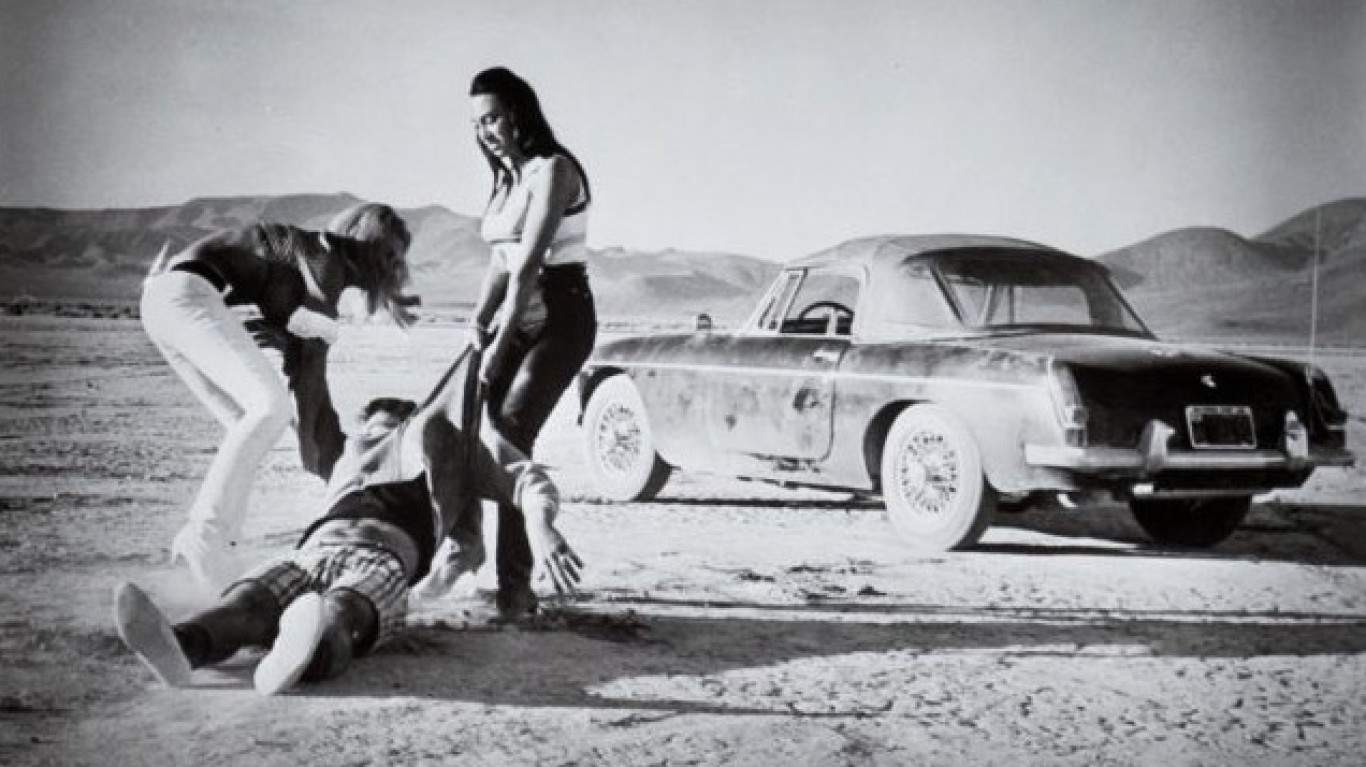
- Director: Russ Meyer
- Starring: Tura Santana, Haji, Lori Williams
The Feminist movement in the 1960s centered around women being just as powerful as men. “Faster, Pussycat! Kill! Kill!” took that narrative to the next level. A group of tough, strong-willed women went around terrorizing people, showcasing strength that only men were perceived to have at that time. There were multiple fights between typical men and the strong women leading the movie. Repeatedly, the women were victorious at the end of each battle. They were up against strong men, too. The climax comes into play when the women kidnap a wealthy man’s wife and hold her for ransom. “Faster, Pussycat! Kill! Kill!” became symbolic of how strong women are.
“Easy Rider” (1969)
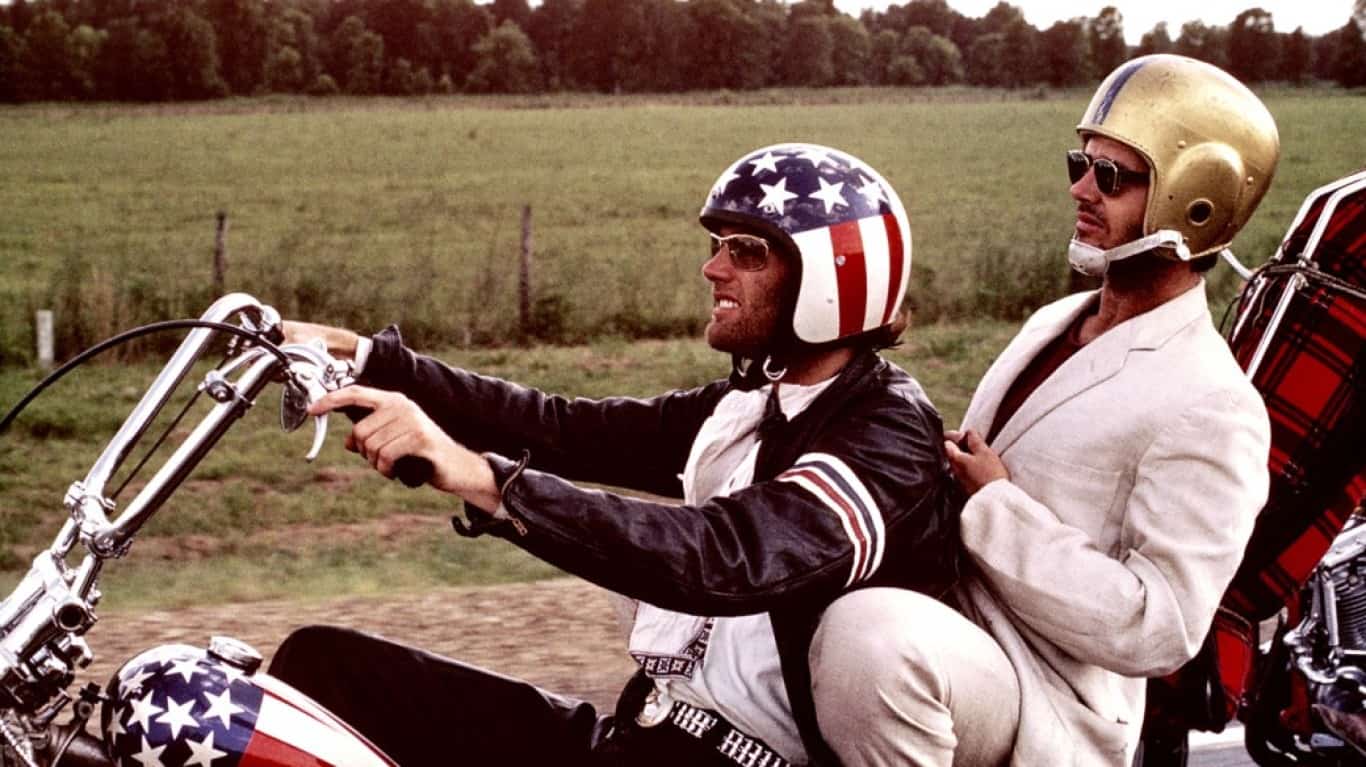
- Director: Dennis Hopper
- Starring: Peter Fonda, Dennis Hopper, Jack Nicholson
Jack Nicholson starred in “Easy Rider,” which was one of the first films of his career. In the movie, a duo that smuggled drugs into the United States goes off to celebrate their achievements with a cross country biking trip from Los Angeles to New Orleans. During the ride, they meet tons of different people who make them change their perception on how they make money for themselves. It’s a movie that has been credited for guiding the entertainment industry into a more modern “New Hollywood” era.
“The Wild Bunch” (1969)
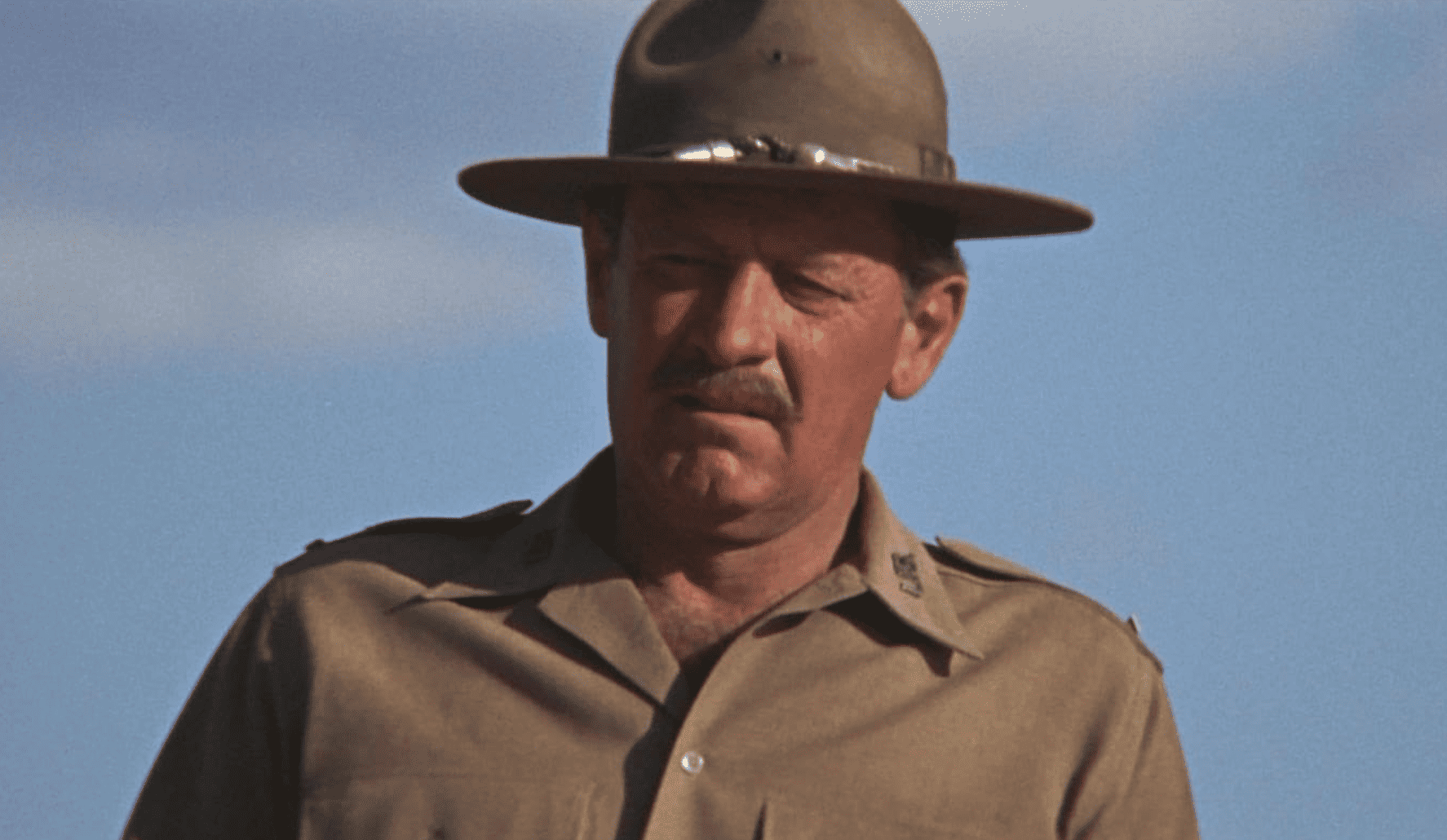
- Director: Sam Peckinpah
- Starring: William Holden, Ernest Borgnine, Robert Ryan
Whether audiences like it or not, action movies have nearly always incorporated violence. One of the first films to bring new levels of violence to the silver screen was “The Wild Bunch.” The movie follows six men with a desire to commit one last crime together before hanging it up for retirement. When they realize they’re being chased by a bounty hunter, their priorities shift. The manhunt leads to dozens of shots fired throughout the movie. The producers decided to keep tons of fake blood spatter in the scenes. Audiences were unsure about how to feel about the movie’s goriness, but they’ve since come to love and appreciate it.
“Witchfinder General” (1968)
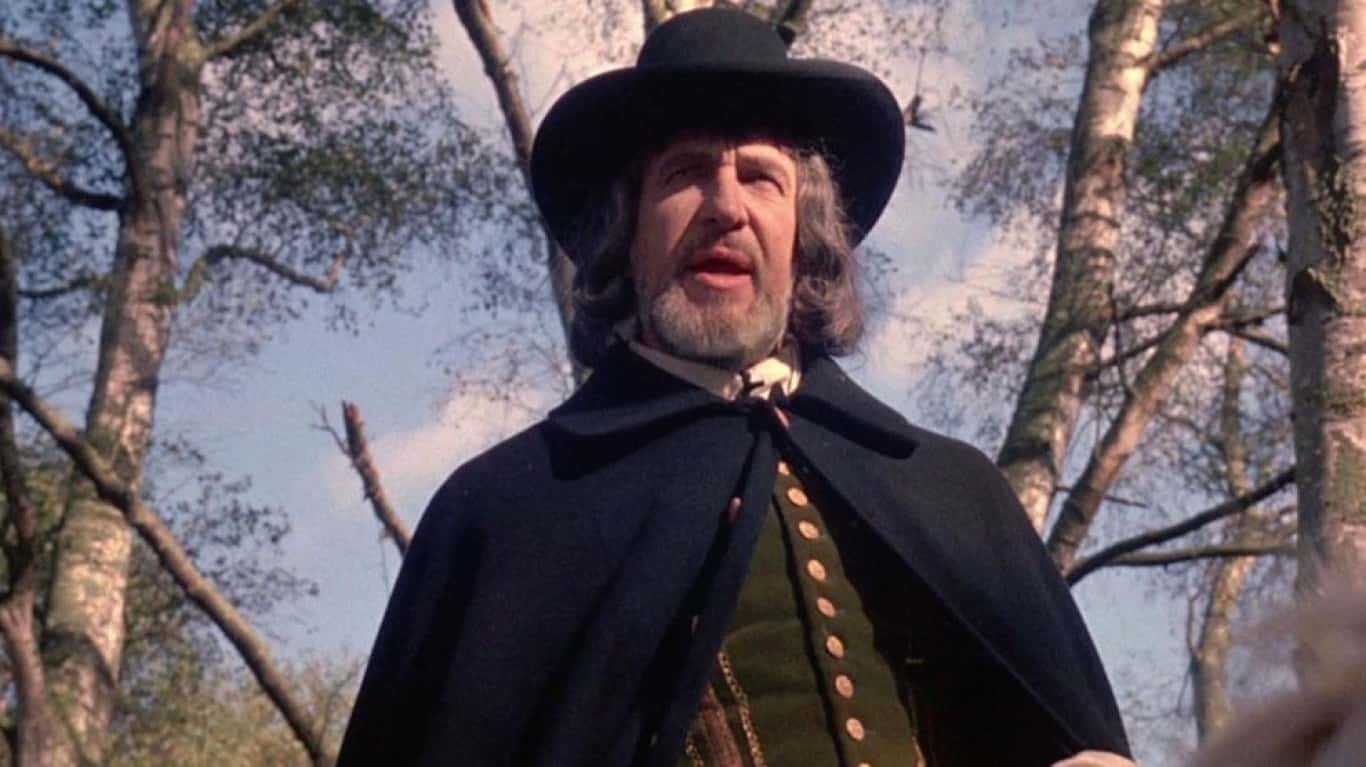
- Director: Michael Reeves
- Starring: Vincent Price, Ian Ogilvy, Rupert Davies
“Witchfinder General” is a cult classic that follows a man with one sole mission in life. He has goals to rid the world of witches before they do too much damage. However, he goes about it all wrong. His ways are seen as sadistic and immoral. It’s particularly alarming that that story is based on a real man who lived during the 1600s in England. The real man who inspired the character is thought to have been killed using the same torture methods he would inflict on the people he accused of witchcraft. That movie is important to reflect on because of its true history. (For more 1960s content, click here to read about the fashion fads from that decade that won’t ever be back.)
